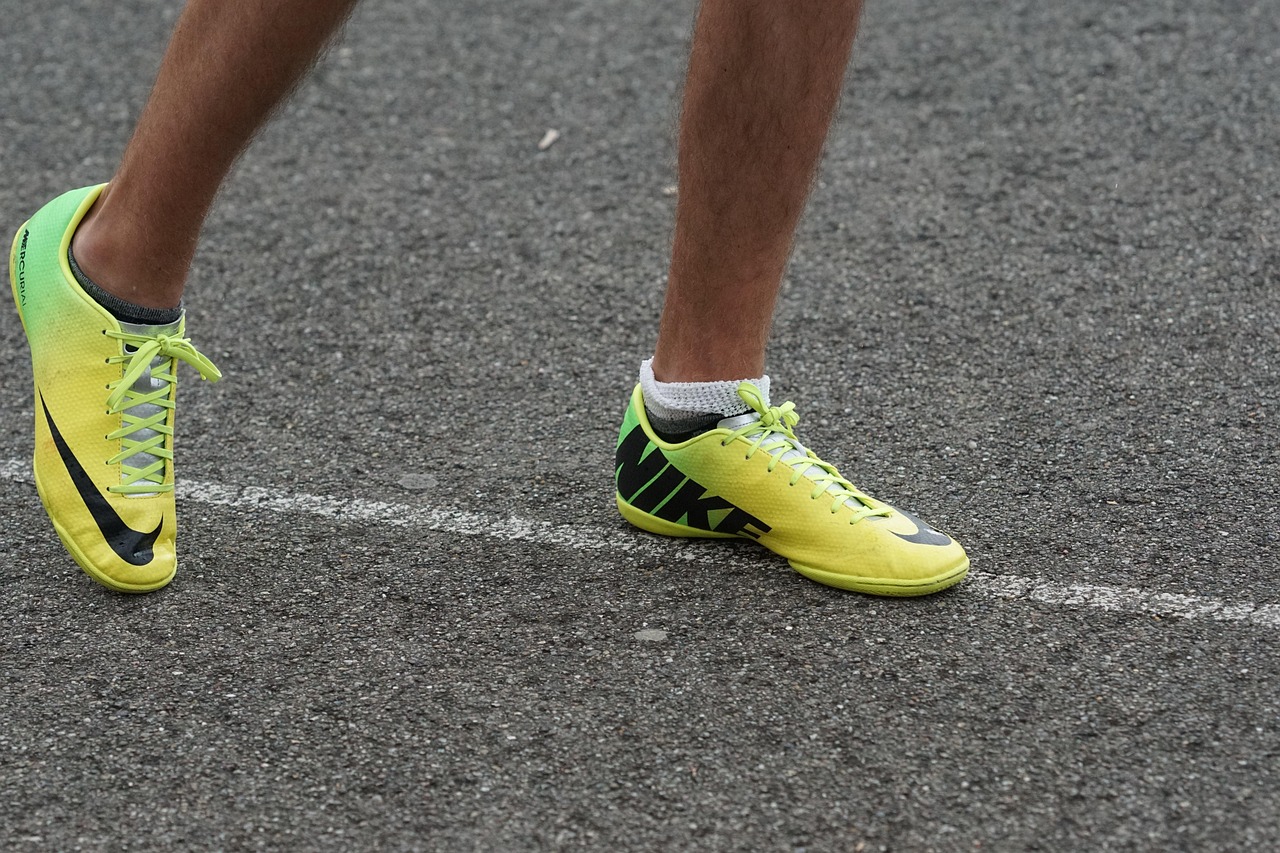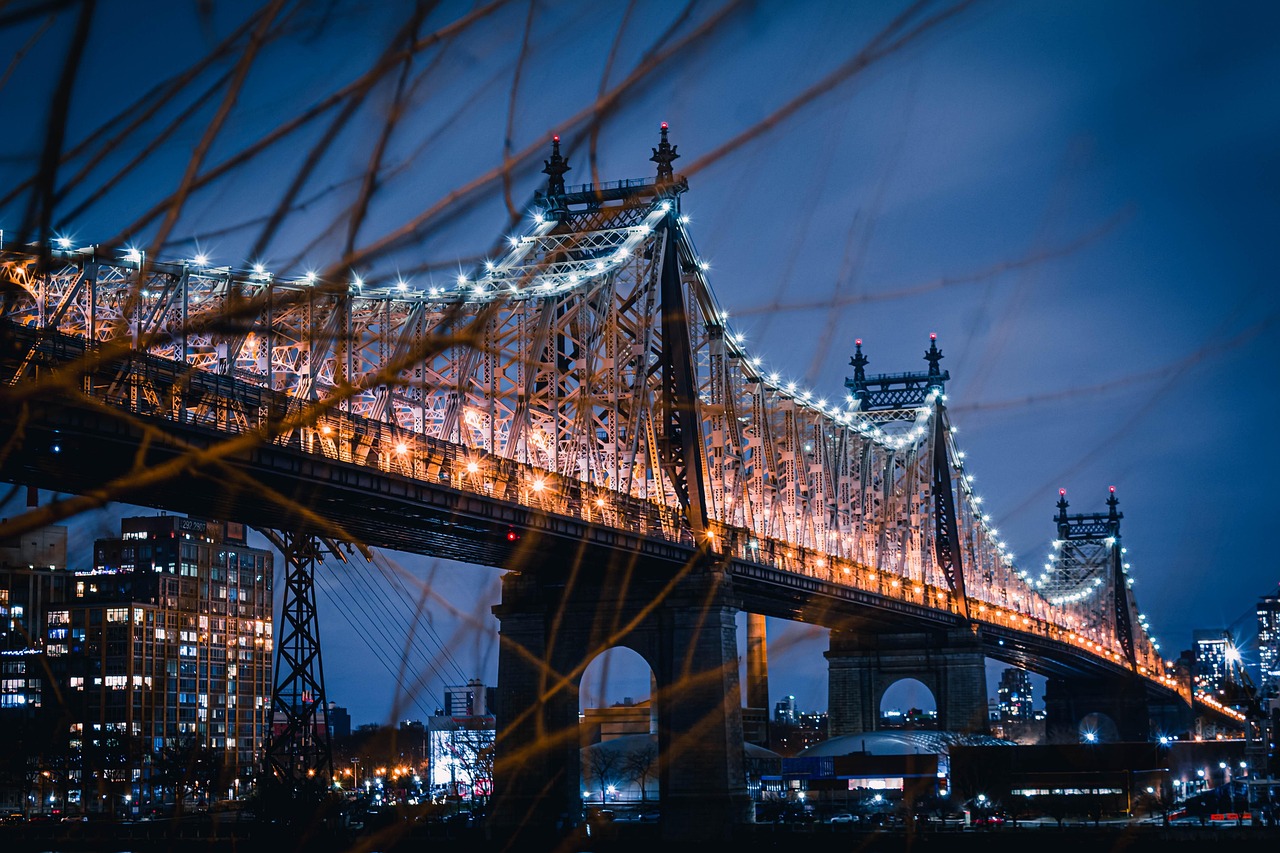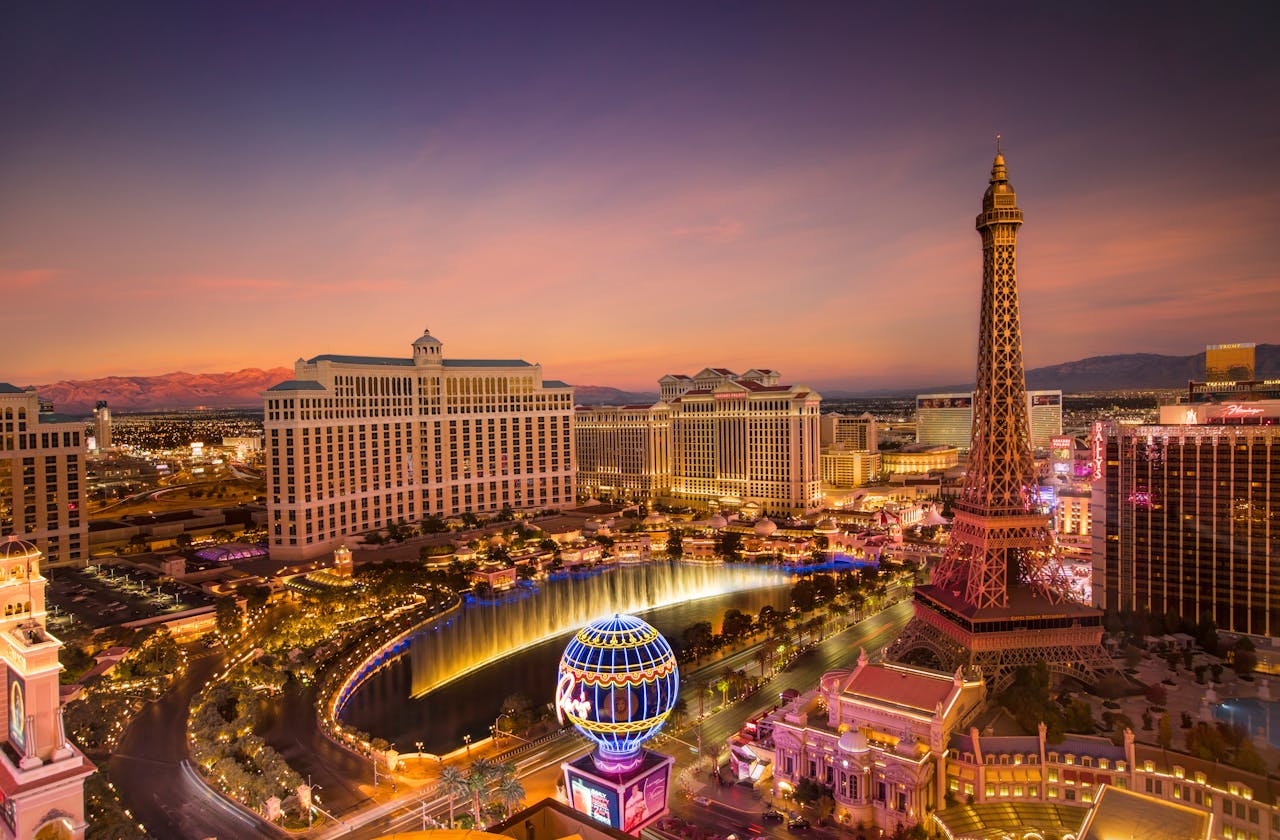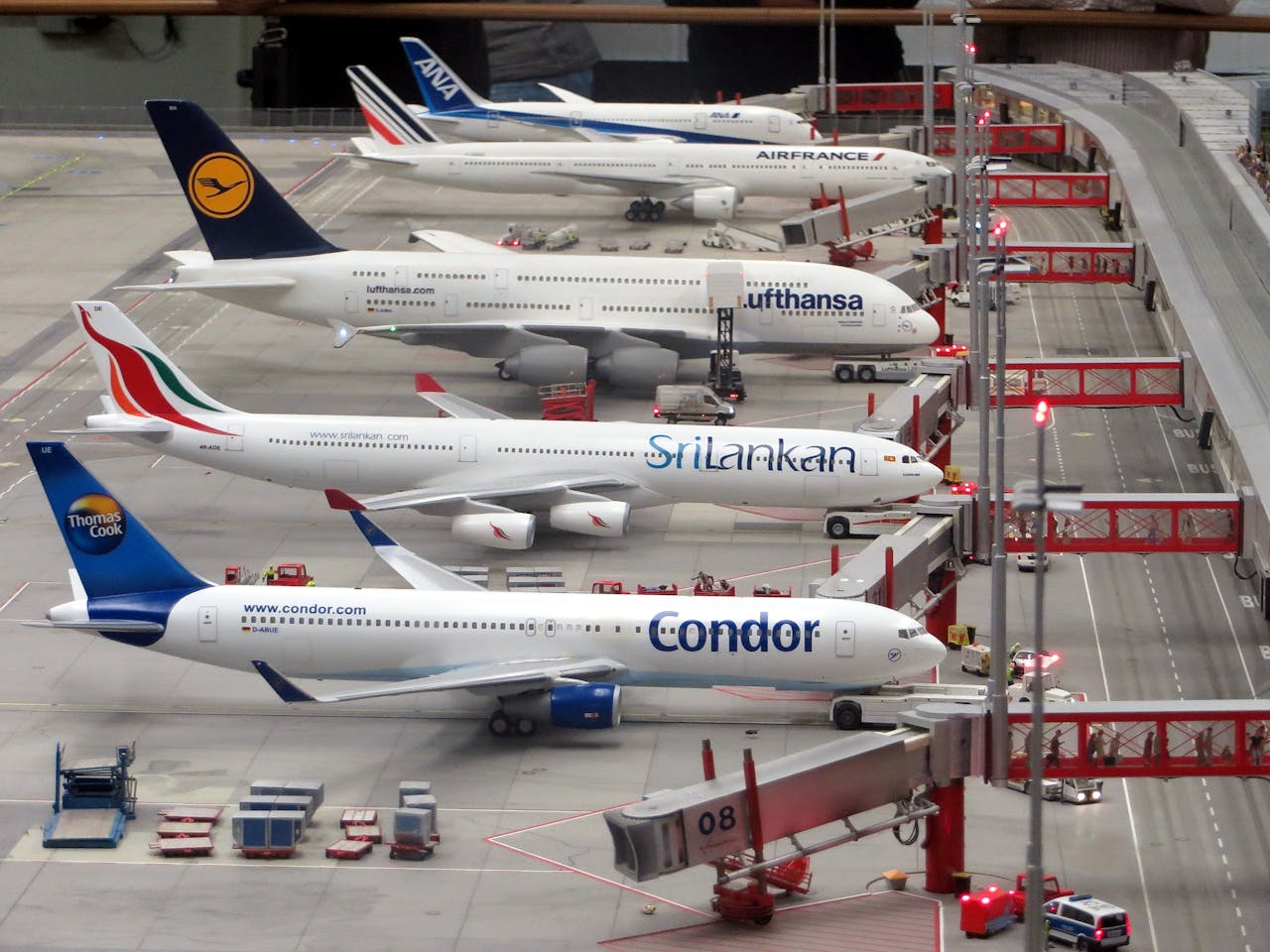City energy builds before sunrise as runners stage on Staten Island and friends stake out sidewalk space with coffee and cowbells. The route threads every borough, crossing bridges that frame skyline views and neighborhoods that turn into block parties. What matters most is timing, since elite fields move fast and the later waves keep streets buzzing well into midday. Good spots balance sightlines, nearby transit, and a little shelter, because November weather rewards planners who pack layers and patience.
Crowds have learned the rhythm of the day. Early vantage points deliver the cannon pop and the stream of color over the water, while midcourse neighborhoods offer music, bakeries, and space to breathe. Uptown brings a second wind as the course points north, then the city pours its last energy into Fifth Avenue and the park loops. Start times roll from 8:00 a.m. for the first wheelchair athletes through 11:30 a.m. for the final wave, which shapes when each block comes alive.
Staten Island Start Line And Verrazzano Views

The start village sits near Fort Wadsworth, where calm logistics set the day’s tone and the line to the bridge builds into a ritual. Spectators cannot enter the village, yet the outer approaches offer that first look at pace chairs, handcycles, and elite packs funneling toward the climb, sirens soft behind cheers that roll like surf.
From Shore Road Park in Brooklyn, the photo is classic. The Verrazzano arcs across the harbor, and the first wave stretches like a ribbon, blue and orange against cold steel. Wind can bite on the span, so layers matter. Transit back to deeper Brooklyn is quick, which makes this an efficient opener for anyone planning to catch runners twice.
Bay Ridge And Sunset Park
Third and Fourth Avenues in Bay Ridge give long sightlines, storefronts for coffee, and families who set out folding chairs before dawn. The grade is friendly, the field still dense, and the sound is a steady roar that never turns harsh. Side streets make it easy to slip between blocks and rejoin friends without losing momentum.
Turn toward the waterfront for breathing room as the crowds thicken. Cafes push out fresh pastries, and stoops become mini grandstands with hand-painted signs. The neighborhood’s grid helps with meetups, and trains sit a short walk away. This is where the day starts to feel sustainable, not just electric.
Shorter note: access is simple.
Sunset Park adds altitude and personality. The park slope itself offers clean angles for photos and a skyline frame that glows when the sun breaks. Food stands open early on big-race Sundays, and the playlist shifts from salsa to punk without missing a split.
Shorter note: energy is high.
If time allows, climb to the park’s crest for a wide view and a quick regroup. Runners loosen after the bridge and settle into pace, which makes eye contact easier and names land louder. This is a smart handoff point if the plan is to jump north for a second sighting and a different tone.
Park Slope And Clinton Hill

The course flows past brownstones and tree canopies where bands set up on corners and kids hand out high fives with surgical focus. Seventh Avenue gives room to move without losing the vibe, and one block off course there is usually a pocket of quiet to rest legs between waves and drumlines.
Clinton Hill sharpens the pace. Wider streets ease meetups, cafes line the route, and riders can hop nearby subway lines without a long walk. Runners settle into rhythm here, which means faces are open and grateful. For supporters moving north, this is a reliable launchpad before mile 10 and the turn toward the riverfront.
Williamsburg And Greenpoint
Mile 10 lands near Williamsburg, where music stacks on every corner and balconies turn into box seats. Bedford Avenue is heavy with signs and laughter, and the density of restaurants means quick snacks without losing the thread of the race. The field is still thick, which keeps the sound continuous and the photos layered with motion.
Slip to side streets to navigate faster. The neighborhood’s grid lets groups leapfrog a few blocks ahead, then pop back out right as their runner passes. Bodegas serve as rally points, and bike corrals help those chasing multiple viewings.
Shorter tip: plan your exits.
By Greenpoint, the half marathon mark arrives, a psychological lift the crowd understands without a clock. McCarren Park offers room to regroup and find friends, and the turn toward Queens brings a subtle hush as runners prepare for the bridge. The body language shifts from party to purpose, and cheers adjust accordingly.
The Pulaski Bridge crossing carries a cool breeze and clean skyline angles. Spectators who move quickly can catch runners on both sides, since transit links sit close and footpaths are clear. Pace bands crackle under the arch, and volunteers keep everyone aiming forward.
Shorter tip: watch footing on narrow walkways.
Queens And The Queensboro Bridge

Long Island City blooms with murals and broad boulevards that make tracking simple. Families hold handmade signs, and the lull before the climb invites thoughtful cheers that land well. This is the last flat breath before the bridge, so it is prime territory for a final wave and a calm reset before the tunnel of quiet.
The bridge itself is a theater of echoes. Spectators cannot line the deck, but the roars at both ends make up for it, and the descent into Manhattan feels like a curtain lift. Hop the subway early after elites pass, because the First Avenue wall fills in minutes. Timing is everything if the day’s aim is three boroughs, not one.
First Avenue To The Bronx

First Avenue becomes a corridor of sound that pushes athletes north with a grin and a wince. Blocks stack into a single ribbon of noise, bars throw open their doors, and the accents feel like a world cup. It is a textbook place for large groups to gather, with wide sidewalks and plenty of options for food and restrooms.
The Willis Avenue and Madison Avenue Bridge area marks the Bronx loop, a short but vital chapter near mile 20. The welcome is loud, the signs are sharp, and the streets here give excellent cross angles for video. Medical teams remain visible, and portable bathrooms appear roughly every three miles to keep long spectating humane.
Cross back toward Harlem with a plan for meetups, since cell service can sputter under heavy loads. Choose a landmark over a pin, and agree on a time window instead of a single minute. The race moves quickly here when adrenaline hits, and the best views reward patience.
Harlem, Fifth Avenue, And Central Park
Harlem greets the return to Manhattan with drums and choirs that wrap around the course like a blanket. The climb on Fifth Avenue is steady and honest, and the crowd leans into it with names, not numbers, which matters when legs turn wooden. East side park entrances help anyone trying to cut ahead for one last glimpse.
Inside Central Park, the final four miles twist through familiar bends that favor agility over brute force. Foliage frames the effort, and the last turn toward West 77th Street gathers every decibel left in the city. Finish photos stack fast, so meeting points should be set away from the chute. Happy chaos is the default, and patience pays off.


